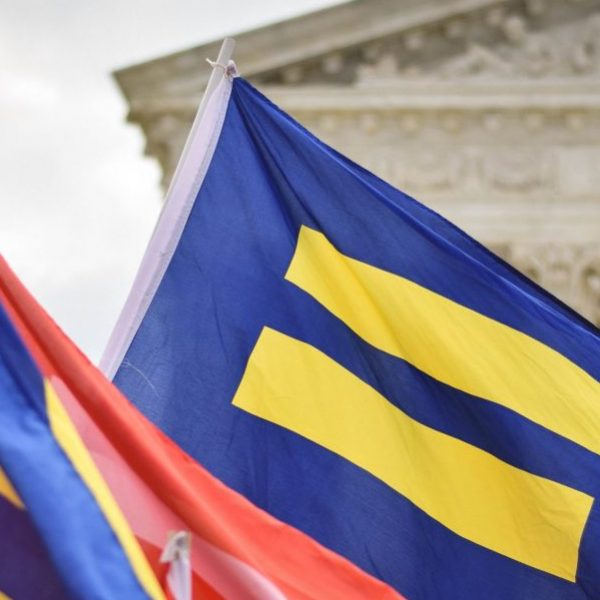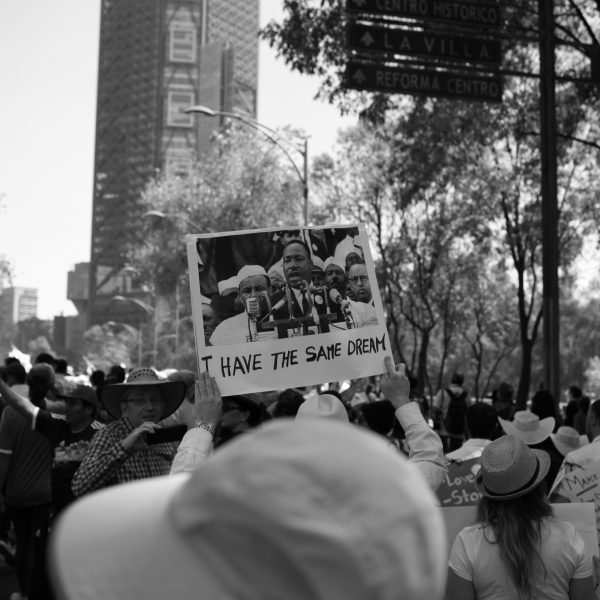More on the Marriage and Discrimination Debate
In November
2008, California
voters approved Proposition 8, a decision that had a considerable impact on
the same-sex marriage debate. Though the proposition had passed with 52% of the
vote, its constitutionality was challenged in a 2009 case brought by two gay
couples.The case, Perry v. Schwarzenegger, argued that Proposition 8 was a
violation of the constitutional rights due process and equal protection. On
August 4, a San Francisco
federal judge, agreed with the plaintiff and struck down this
ban by ruling it unconstitutional.
Other
states still have laws similar to Proposition 8 that ban same-sex marriage,
however – and there are no provisions in federal law that recognize these
unions. So what happens when a couple moves from a state that accepts their
marriage to one that does not?
Same Sex Different States: When Same Sex Marriages Cross State Lines, written by Andrew Koppelman, addresses this issue by drawing upon historical precedents from when states held differing views on marriage (between very young couples, kin and interracial couples) as well as seeking workable legal solutions.

In his introduction, Koppelman takes the stance that both extremes of non-recognition and “full faith and credit” are wrong. Rather, established legal rules exist that can be applied to this situation. Each chapter discusses a law and its connection to recognizing marriages, opening with a directly relevant case. Toward the end, Koppelman talks about when to recognize same-sex marriages, defining a multitude of examples—evasive marriage, when the couple deliberately moves to another state just to be married and returns to their home state; migratory marriage, when the couple is married and then moved to a state where their marriage is prohibited, and so on. With each example, he summarizes the approach the law should take by applying a rule, an exception, and an exception to the exception. He concludes by explaining the Defense of Marriage Act (DOMA) and how both sides of the debate may need to take compromises.
For a different facet of the
same issue, Koppelman’s more recent book, A Right
to Discriminate?, asks whether noncommercial associations have a right
to discriminate against their potential members. This work speaks in more
general terms about the history of discrimination, integrating legal history,
constitutional theory, and political philosophy.

























